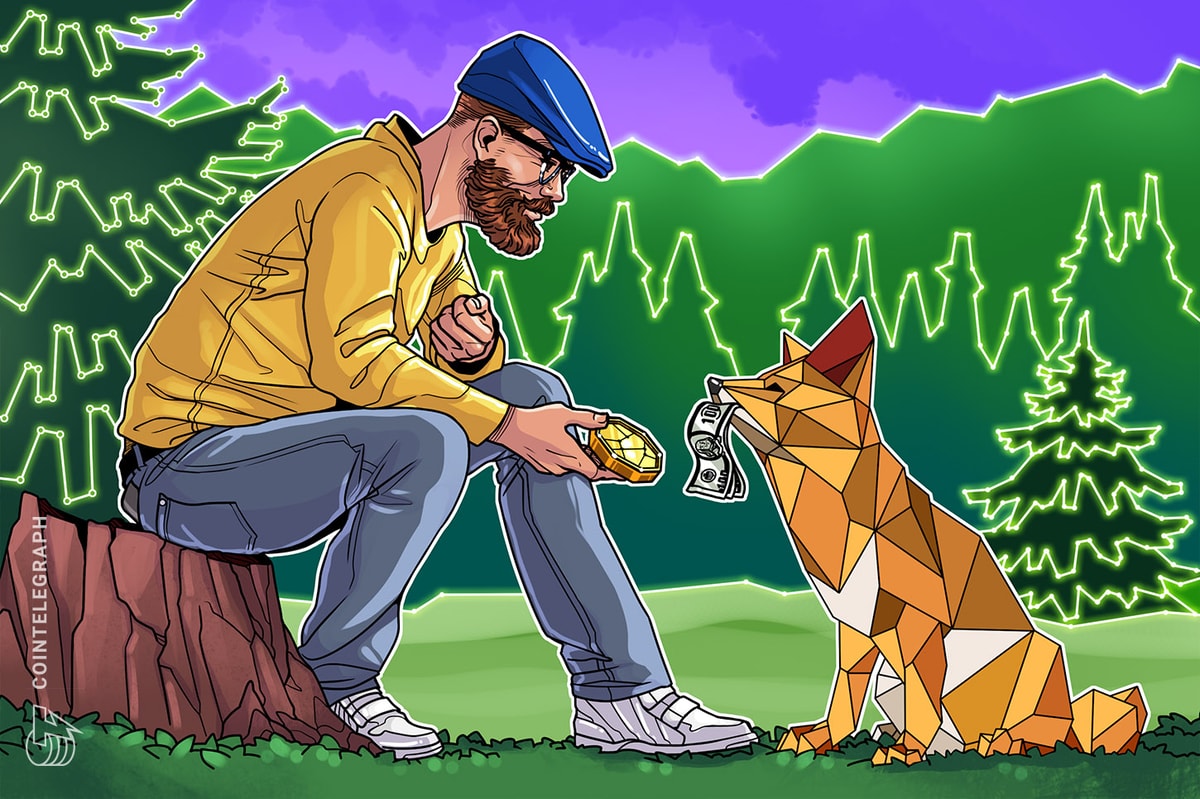Key takeawaysNot all tokens can be sold immediately. Airdropped or obscure tokens may lack liquidity or could be scams, so it’s important to check bef
Key takeaways
-
Not all tokens can be sold immediately. Airdropped or obscure tokens may lack liquidity or could be scams, so it’s important to check before attempting to cash out.
-
Swapping and bridging may be required. To sell, you might need to convert tokens to ETH or stablecoins and bridge them to the Ethereum mainnet.
-
MetaMask integrates fiat off-ramps. You can use the MetaMask Portfolio to sell ETH directly, but be prepared for KYC with third-party providers.
-
Non-KYC and P2P options exist. Platforms like Bisq or LocalCoinSwap allow trading without ID, but they carry more risk and require caution.
There are plenty of ways you might end up with a mix of different cryptocurrencies sitting in your MetaMask wallet.
Maybe you work in Web3 — as a developer, copywriter or designer — and your client paid you in their project’s native token.
Or maybe you’re part of a Bitcoin mining pool and occasionally receive rewards straight to your wallet.
You could be farming yield in decentralized finance (DeFi), earning annual percentage yield (APY) on your locked assets. Or, perhaps the most straightforward of all: You completed a few SocialFi tasks and received some community tokens via an airdrop.
Whatever the case, you’ve got crypto in your MetaMask — and now you want to turn it into cash.
In this guide, you’ll learn all the ways you can sell your crypto and withdraw the funds to your bank account or even in cash — whether you’re going through official Know Your Customer (KYC) channels or sticking to more private, non-KYC routes.
Things to know before selling tokens on MetaMask
Before you can turn your tokens into cash, there are a few things you need to get sorted in MetaMask because “not all tokens are created equal.” It’s not always as simple as hitting a “sell” button — especially if you’ve just received tokens via an airdrop or from a lesser-known project.
1. Why some airdropped tokens can’t be sold (yet)
Just because a token shows up in your wallet doesn’t mean it’s ready to be sold. In fact, many airdropped tokens aren’t listed on exchanges at all. That means there’s no market where you can sell them — not yet, anyway. You might see a price attached to the token, but without buyers or liquidity, that value isn’t something you can actually realize right now. So, while it’s great to receive free tokens, they may end up sitting idle in your wallet for a while.
Did you know? If you see a “100% sell fee detected” warning on a token, it’s likely a scam. Scammers airdrop these tokens, hoping you’ll try to sell or interact with them. But when you do, the smart contract takes the full amount — leaving you with nothing. Worse, some link to fake decentralized applications (DApps) that ask you to “claim” or “unlock” the tokens. Connecting your wallet or signing a transaction there can let scammers drain your real assets.
2. Adding missing tokens to your wallet
Sometimes, you’ll receive tokens that don’t even show up in MetaMask at first. That doesn’t mean they’re not there — it just means MetaMask doesn’t recognize them by default. You’ll need to add them manually by grabbing the token’s contract address (usually from the project’s official site or Etherscan) and importing it into your wallet. Once you do that, your balance will show up properly.
Similarly, if you want to receive any asset other than Ether (ETH), the “Import Tokens” option lets you manually add these missing tokens so they show up in the assets list.
3. Getting ready to swap or bridge
Even if your tokens are visible in MetaMask and technically have value, that doesn’t always mean you can sell them for cash right away. Many smaller or newer tokens don’t have direct fiat trading pairs — so you won’t be able to exchange them straight into dollars or euros.
To get around this, you’ll usually need to swap them for something more liquid, like ETH or a stablecoin such as USDC (USDC), which are more commonly supported by fiat off-ramps.
In some cases, your tokens might also be sitting on a different blockchain — like Arbitrum, BNB Chain or Polygon — while most fiat withdrawal options only support Ethereum mainnet. When that’s the case, you’ll need to bridge your tokens over to Ethereum before you can sell them.
One way to handle both of these steps — swapping and bridging — is by using platforms that combine them into a single flow. For example, with Symbiosis.finance, you can swap a token on one chain and receive a more widely accepted token on Ethereum, all in one transaction. This can save you a few steps and reduce the chance of user error when hopping between tools.
How to sell crypto with MetaMask
The simplest way to sell crypto that you hold on MetaMask is by using the application itself. Here’s what to do:
-
Open MetaMask portfolio: In your MetaMask extension or app, click the “Buy & Sell” button. This will take you to the MetaMask Portfolio site, where you can…
cointelegraph.com
